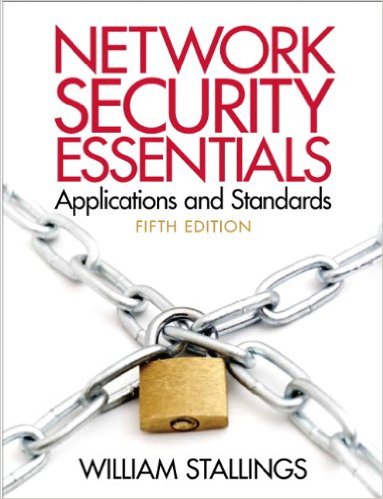Description
Test Bank For Network Security Essentials Applications and Standards 5th Edition By Willaim Stallings
Chapter 2: Symmetric Encryption and Message Confidentiality
TRUE OR FALSE
T F 1. Public-key encryption is also referred to as conventional
encryption, secret-key, or single-key encryption.
T F 2. The advantage of a block cipher is that you can reuse keys.
T F 3. Ciphertext is the scrambled message produced as output.
T F 4. The security of symmetric encryption depends on the secrecy of
the algorithm, not the secrecy of the key.
T F 5. The ciphertext-only attack is the easiest to defend against because
the opponent has the least amount of information to work with.
T F 6. The Feistel structure is a particular example of the more general
structure used by all symmetric block ciphers.
T F 7. Smaller block sizes mean greater security but reduced
encryption/decryption speed.
T F 8. The essence of a symmetric block cipher is that a single round
offers inadequate security but that multiple rounds offer
increasing security.
T F 9. Triple DES was first standardized for use in financial applications
in ANSI standard X9.17 in 1985.
T F 10. The most commonly used symmetric encryption algorithms are
stream ciphers.
T F 11. The principal drawback of 3DES is that the algorithm is relatively
sluggish in software.
T F 12. AES uses a Feistel structure.
T F 13.
Random numbers play an important role in the use of encryption
for various network security applications.
T F 14. The primary advantage of a stream cipher is that stream ciphers
are almost always faster and use far less code than do block
ciphers.
T F 15. One desirable property of a stream cipher is that the ciphertext be
longer in length than the plaintext.
MULTIPLE CHOICE
- A symmetric encryption scheme has _________ ingredients.
A. three B. six
C. five D. four
- _________ is the original message or data that is fed into the algorithm as input.
A. DES B. Plaintext
C. Encryption key D. Ciphertext
- _________ mode requires only the implementation of the encryption algorithm and not the decryption algorithm.
A. CBC B. DKS
C. ECB D. CTR
- A __________ processes the input elements continuously, producing output one element at a time, as it goes along.
A. block cipher
B. cryptanalysis
C. keystream
D. stream cipher
- If both sender and receiver use the same key the system is referred to as _________ encryption.
A. asymmetric
B. two-key
C. symmetric
D. public-key
- If the sender and receiver each use a different key the system is referred to as __________ encryption.
A. secret-key
B. conventional
C. single-key
D. asymmetric
- A _________ approach involves trying every possible key until an intelligible translation of the ciphertext into plaintext is obtained.
A. triple DES
B. brute-force
C. block cipher
D. computational
- With the ________ mode if there is an error in a block of the transmitted ciphertext only the corresponding plaintext block is affected.
A. CTS
B. CBC
C. ECB
D. TSR
- The most common key length in modern algorithms is ________ .
A. 64 bits
B. 128 bits
C. 32 bits
D. 256 bits
- A ________ takes as input a source that is effectively random and is often
referred to as an entropy source.
A. PRNG
B. PRF
C. PSRN
D. TRNG
- A symmetric block cipher processes _________ of data at a time.
A. two blocks
B. one block
C. four blocks
D. three blocks
- In _________ mode a counter equal to the plaintext block size is used.
A. CTR
B. CFB
C. ECB
D. CBC
- The _________ algorithm performs various substitutions and transformations
on the plaintext.
A. keystream
B. cipher
C. encryption
D. codebook
- If the analyst is able to get the source system to insert into the system a message chosen by the analyst, a _________ attack is possible.
A. ciphertext only
B. known plaintext





Be the first to review “Test Bank For Network Security Essentials Applications and Standards 5th Edition By Willaim Stallings”